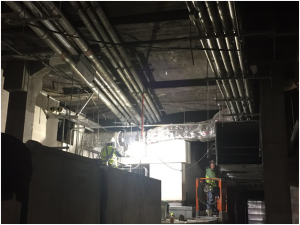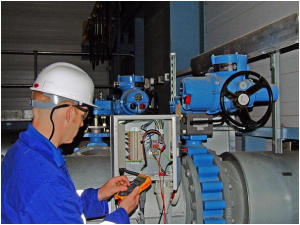The majority of heating/cooling and ventilation systems share similar basic components, irrespective of their scale. It is helpful to understand the basic elements of your system and what they do, so here are eight of the most important.

The Condensing Unit
The condenser is usually outside the building and uses a refrigerant gas to exchange heat with the environment. The gas is compressed to condense it to a liquid, then it moves into the evaporator coil, where its evaporation produces cooling.
Ductwork
Ducts are usually hidden from view within walls, ceilings or under-floor voids. They originate from a plenum at the furnace end – a manifold that splits air streams toward multiple outlets – and terminate at vents in the rooms being serviced.

Ducts can be constructed in many ways, but lengths of the galvanized spiral duct from suppliers such as https://www.dustspares.co.uk/ductwork-parts/galvanised-steel-spiral-duct.html are the most versatile. Filters and dampers can be fitted to control air quality and flow.
The Evaporator Coil
The evaporator cools the air before it’s driven through the building by the furnace (see below). The coils are close to the furnace and switched on and off by your thermostats.
The Furnace
The furnace is a heat source that provides most of the power to push the air through the ducts. It is close to the heat exchanger and usually supplemented with a blower unit or fan. It can be powered by gas, electricity or even solid fuels or oil.
The Heat Exchanger
The heat exchanger’s job is to warm the air drawn into the furnace. This air can come from outside the building or be re-circulated from the ductwork (in which case it will often be close to an air filter).
Refrigerant Lines
The refrigerant lines carry the liquid coolant from the exterior condenser to the indoor furnace and return the expanded gas. Refrigerant systems are heavily regulated because of environmental issues so require qualified installation and maintenance.
Thermostats
Thermostats are located strategically to detect and regulate temperatures in different parts of the building. Each room can have a thermostat, or they can be located in ducts. Adjustable vents and dampers can also be used to regulate airflow in different areas.
Vents
The vents disperse the air throughout each room or zone. Appropriate vent design can be important for directing airflows efficiently to where they are needed.






